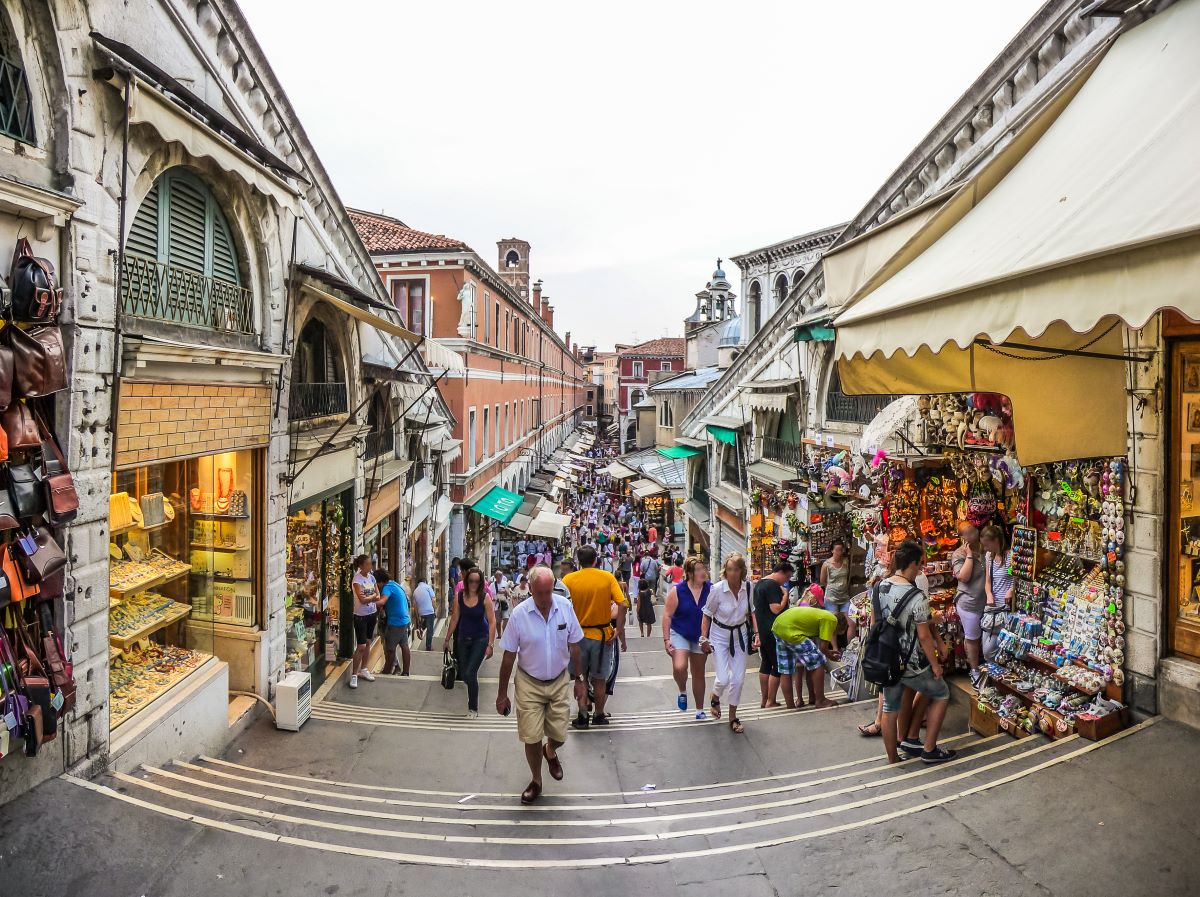One of the most visited cities in the world is charging an entrance fee for day trips, the first ‘tourist tax’ of its kind.
Venice Entry Fee
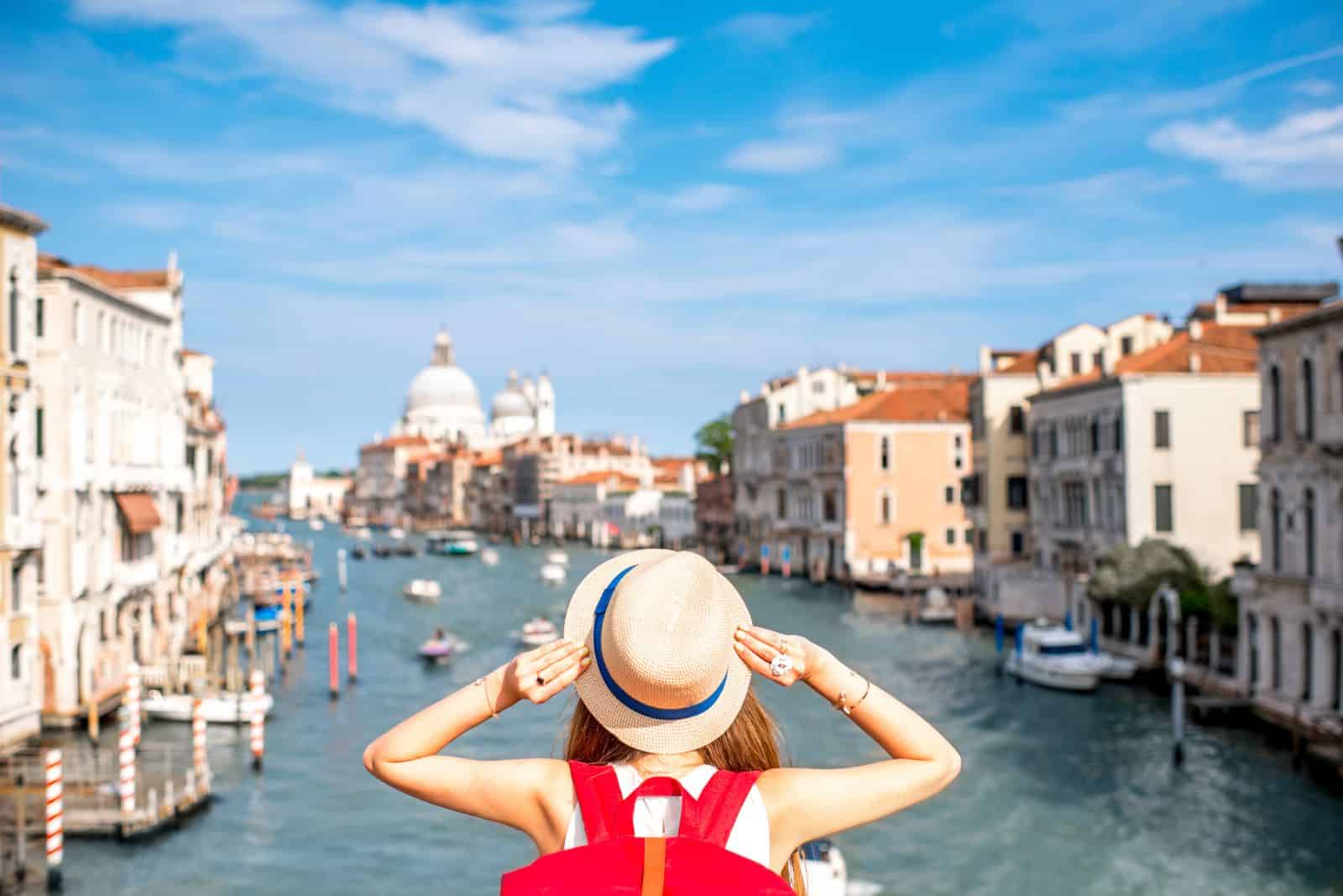
On April 25, the historic Italian city of Venice became the first city in the world to charge an entry fee for day-tripping visitors. The move has sparked approval from some and outrage in others.
Access Contribution
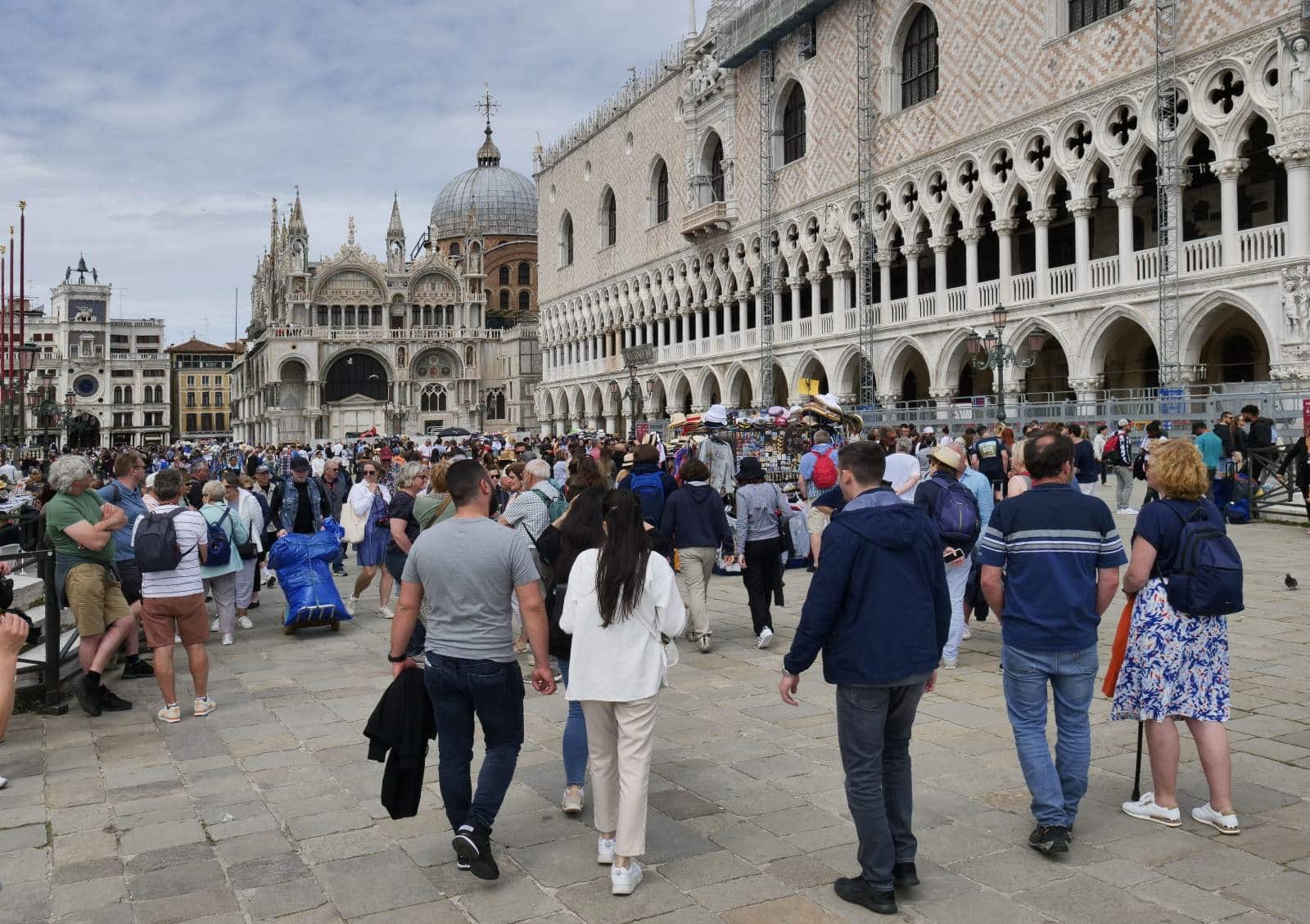
The city’s new contributo di accesso, also known as an ‘access contribution’, began charging tourists a 5 euro fee, or $5.40 USD, between 8 am and 4 pm as part of a pilot period to test how well the system will work.
A City Sinking
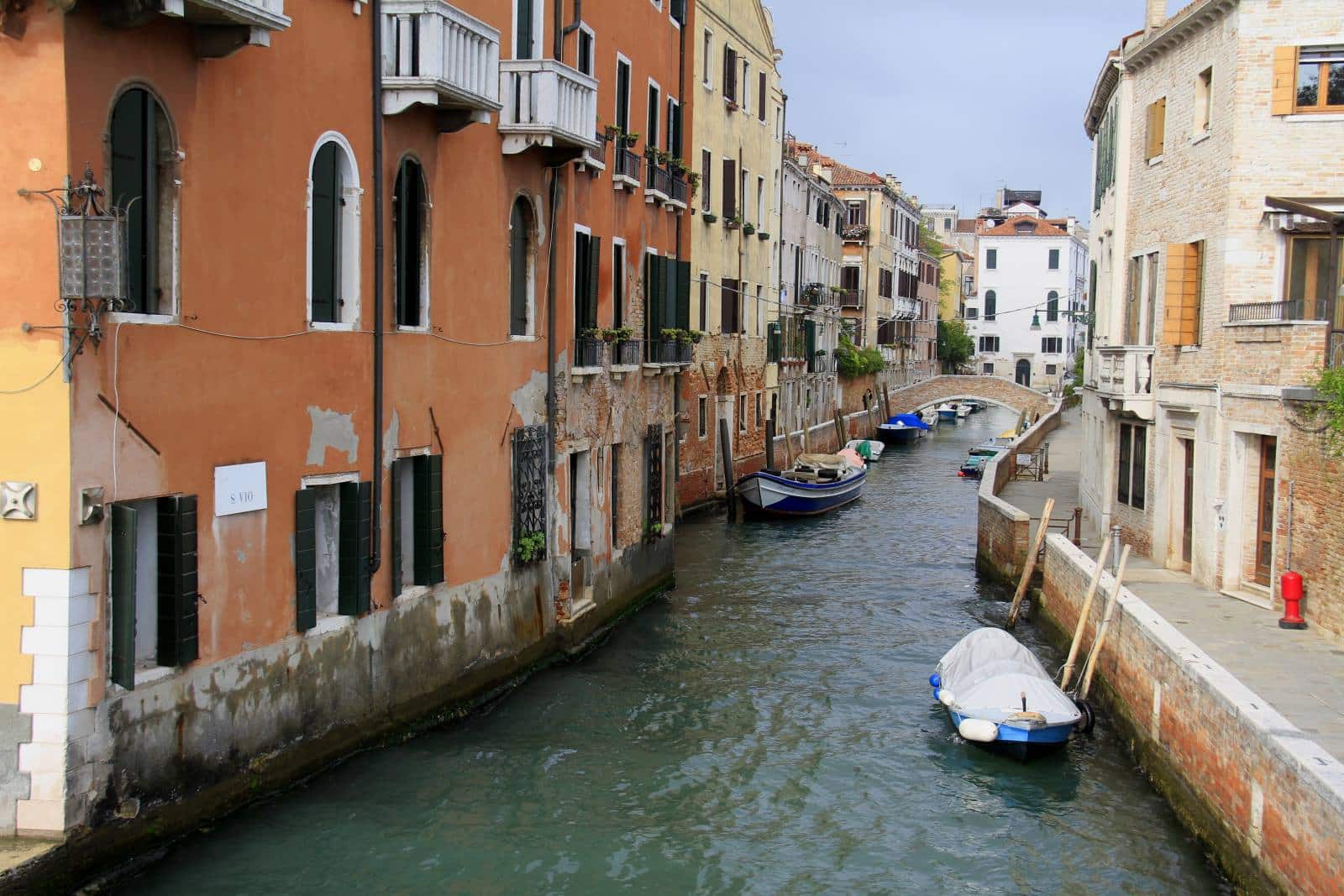
The new contribution system is being enacted in the hopes of offsetting the worst effects of tourism on the city. The twin problems of over-tourism and rising sea levels mean that the antique city is now literally sinking into the surrounding waters that have made it so famous.
Pilot Period
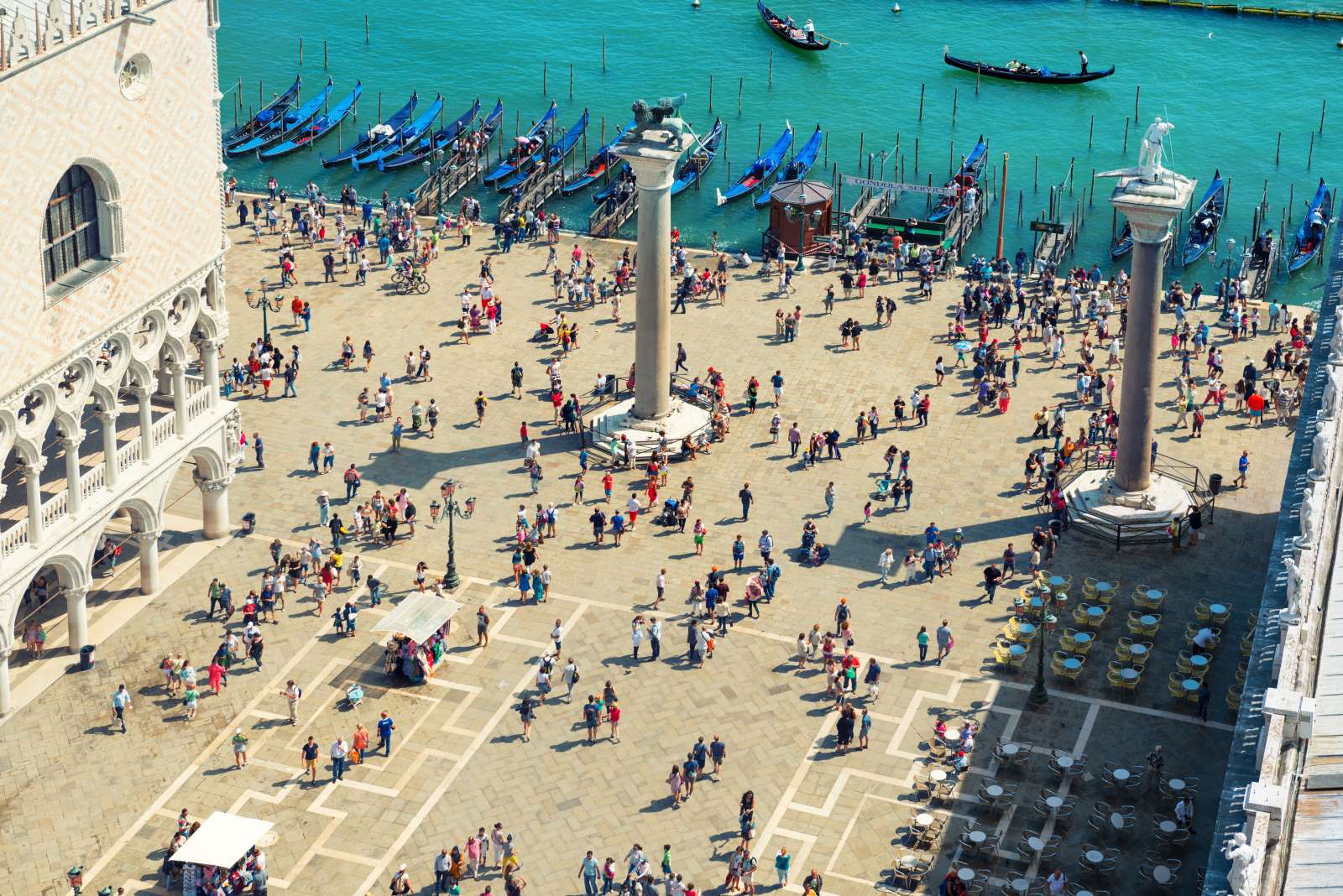
Visitors arriving on day trips will be charged daily from April 25 to May 5, with charges then shifting to the weekend only until July 14.
No Charge For Overnight Stays
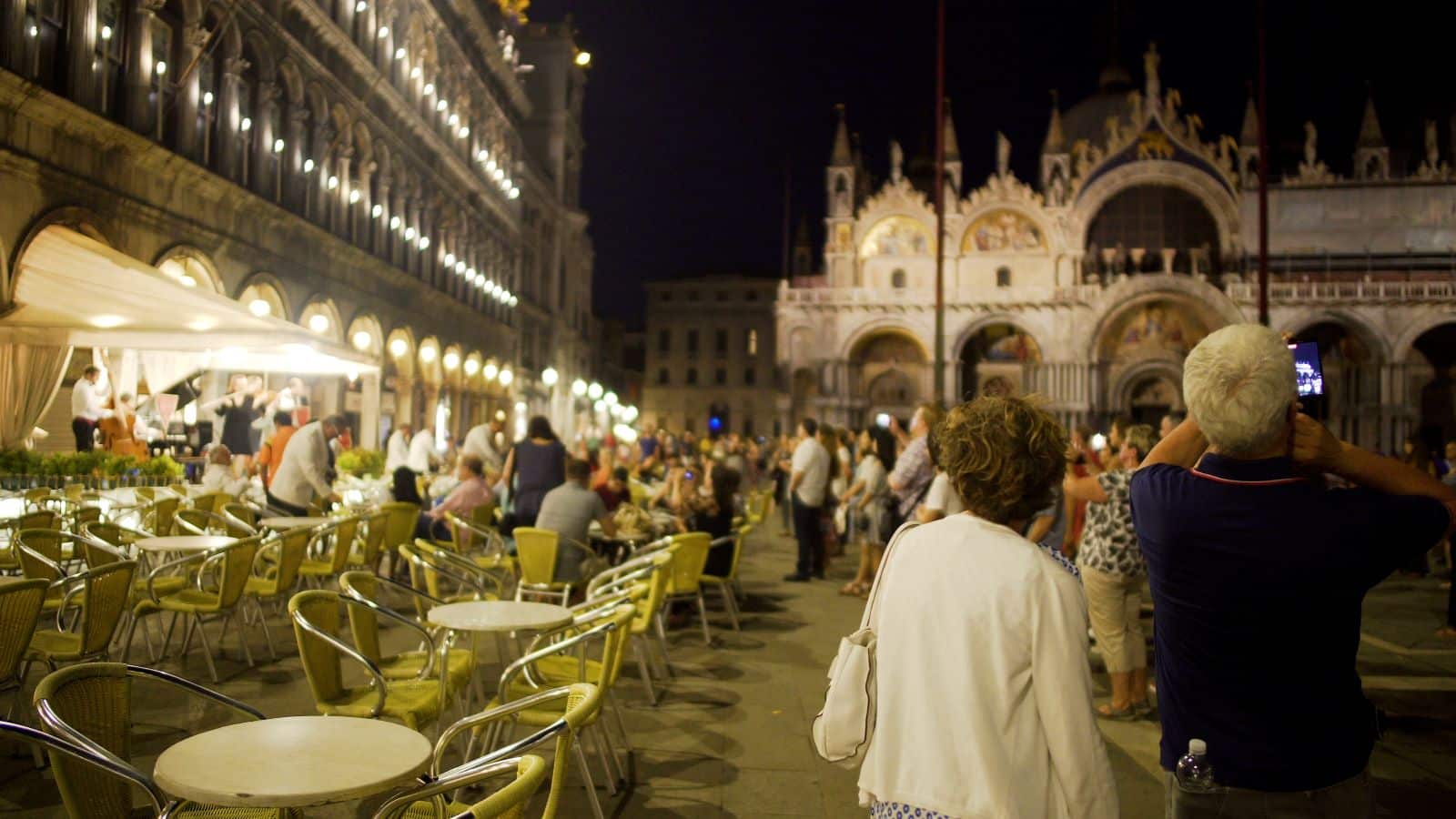
The fee will not apply to visitors who plan to stay in the city overnight, as they will already pay an overnight tax automatically tacked onto their accommodation costs.
Other Exemptions
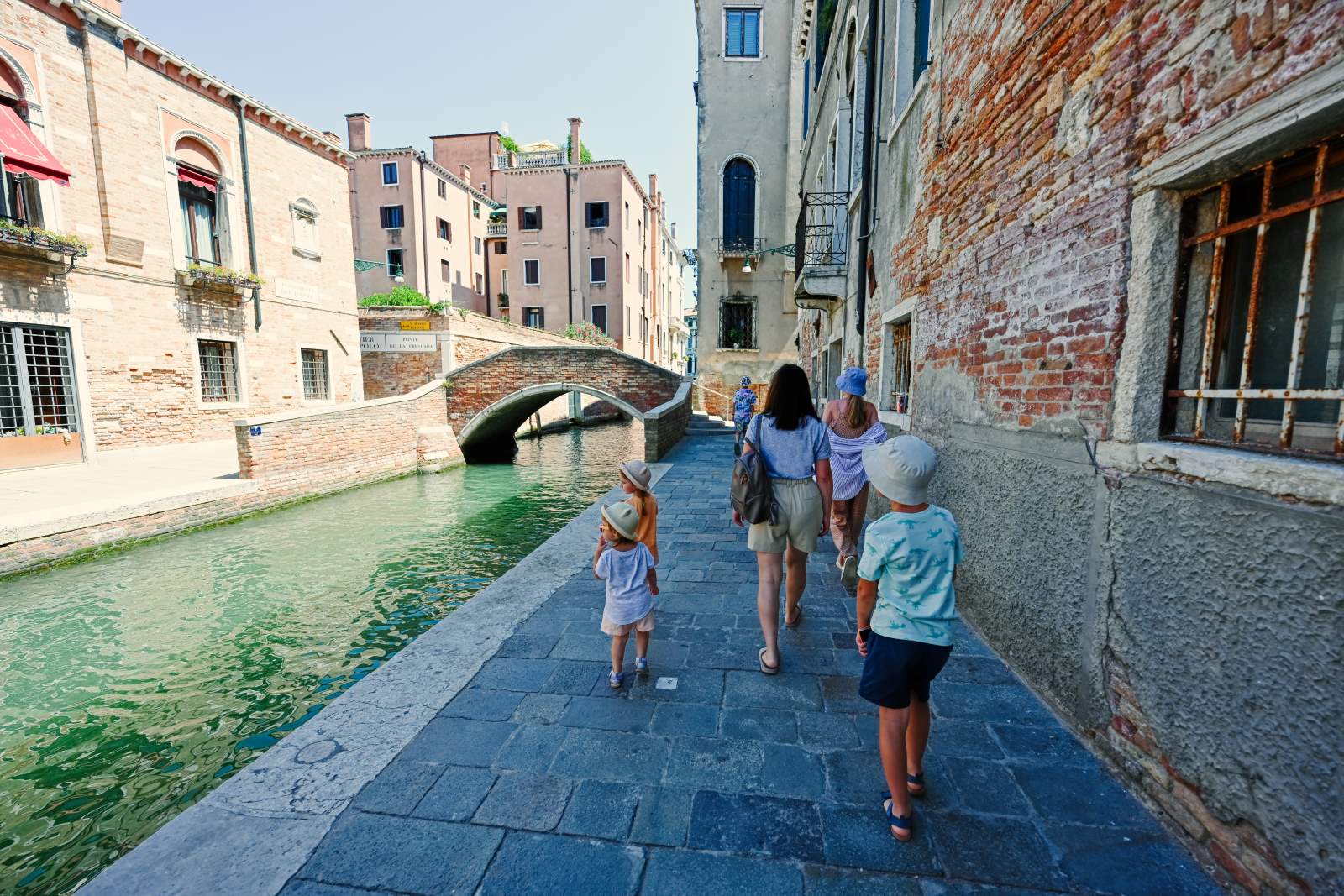
Exemptions will also be given to children under the age of 14, holders of the European Disability Card, Armed Forces, and Law Enforcement Forces personell, those who reside in the Veneto region, and those who were born in Venice. Italians residing outside the Veneto region will also be required to pay.
Anti-Fee Protests

But even before the new fee was implemented, its announcement sparked anger and protests both in and outside of the city.
Clashes Between Police and Protestors

On the first day that the fee was introduced, the streets of Venice were filled with protestors condemning the fee and even clashing with police.
Hundreds Gather
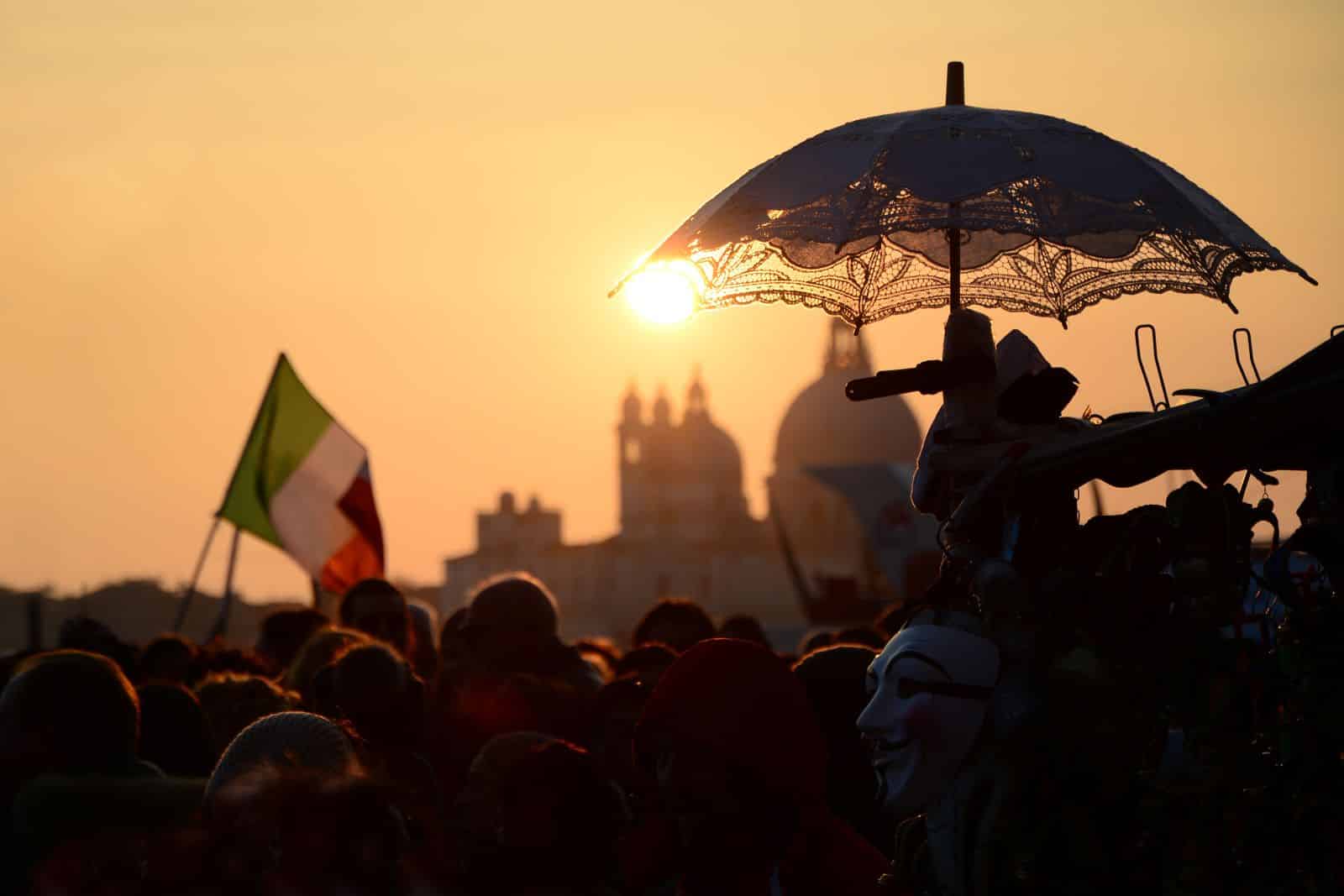
Hundreds of people gathered at the entrance point to the city, also known as the Piazzale Roma, and the city’s main train station, carrying signs and banners with words of protest.
How Much Can It Do?

People who were against the new ‘tourist tax’ claimed that it would do little to alleviate the damage being done to city infrastructure due to the 30 million visitors the city receives each year.
“Doesn’t Stop the Monoculture of Tourism”

“A ticket does nothing. It doesn’t stop the monoculture of tourism,” said Ruggero Tallon, a protest organizer who works with the activist group No Grandi Navi, which campaigns against cruise ships in the region.
“A Medieval Tax”

“It doesn’t ease the pressure on Venice. It’s a medieval tax and it’s against freedom of movement,” he continued.
Not Facing the Real Problems

Protestors like Tallon believe that overtourism, and the city’s over-reliance on the industry, particularly companies like AirBnb, are the main problems that Venice faces.
A Global Problem

He accused private companies of “doing everything to increase the number of tourists,” which was becoming a global problem, not one specific to Venice.
“The Only Way Forward”
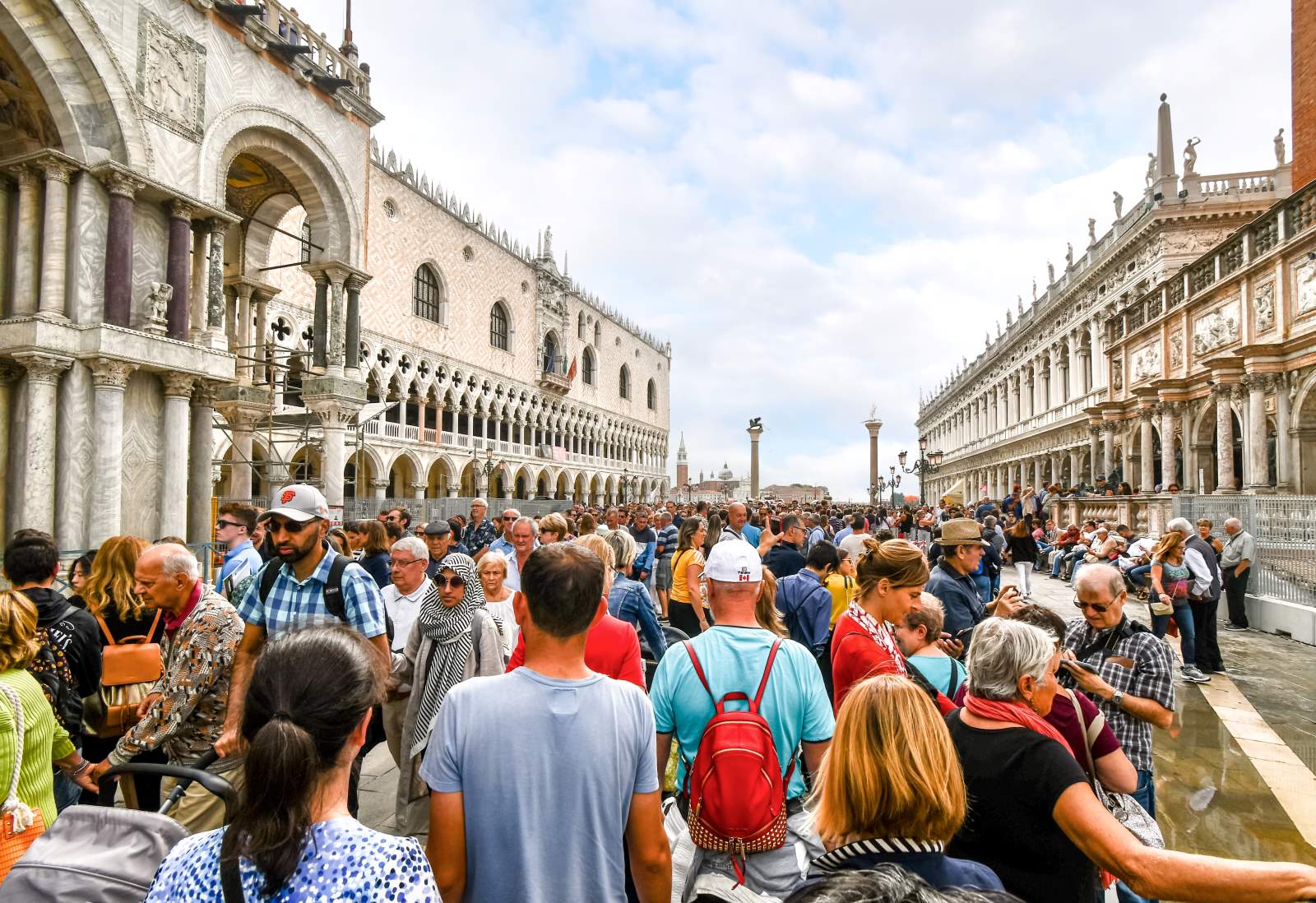
“The only way [forward] is to repopulate the city – we have 49,000 inhabitants and there are more beds for tourists than residents,” he said. “Let’s try to make it possible for people to live here. Every house that’s lived in is a house taken away from tourism.”
Damaging Venice’s Reputation
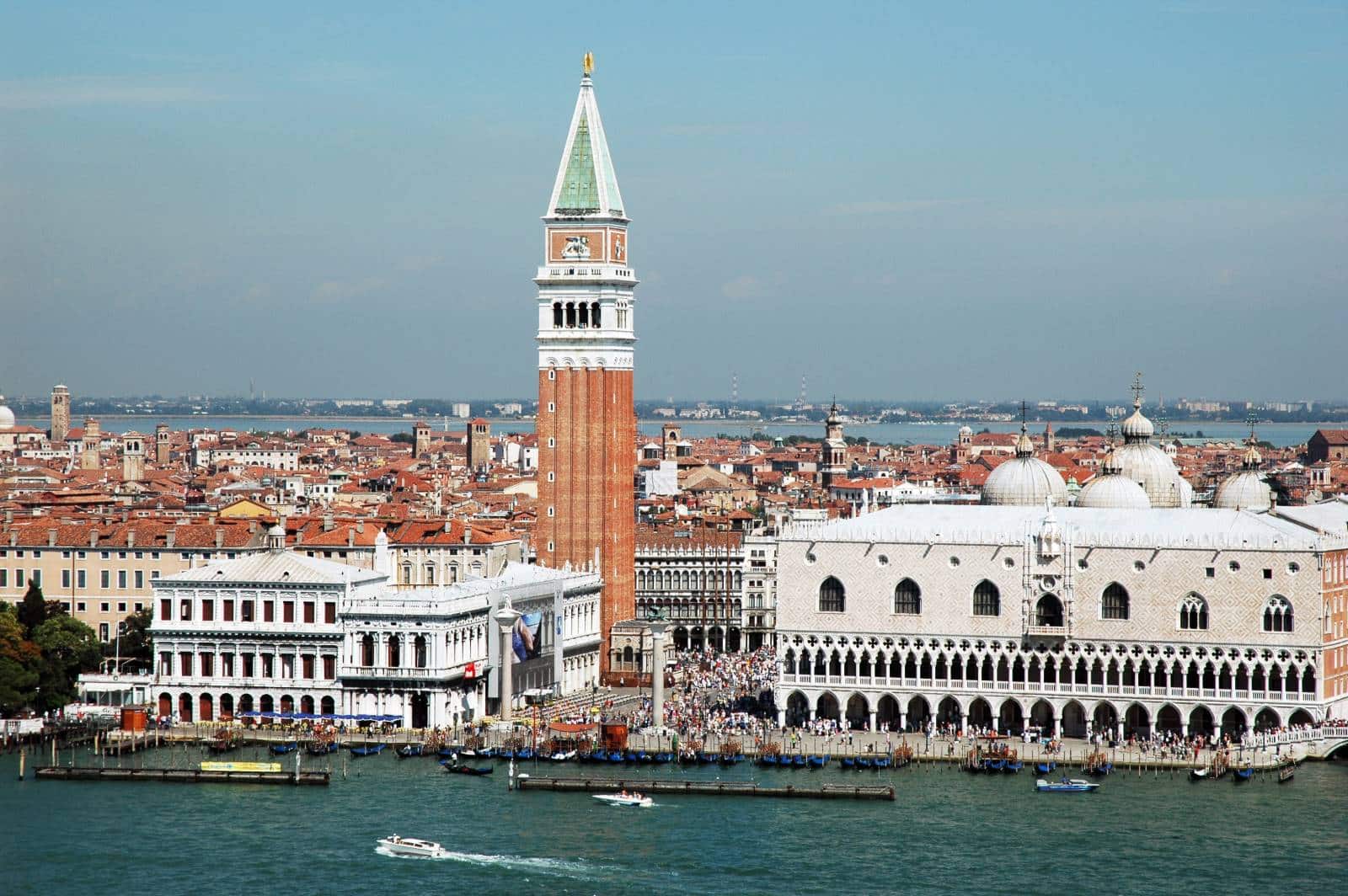
Other critics claimed it could negatively affect the image and reputation of the city, which has long been one of the most visited areas in the world due to its famous canals, gondoliers, and historic buildings.
Everyone Is Against It

Another protest leader, Matteo Secchi of the activist group Venessia.com, claimed that “the entire city is against” the fee.
Turning Venice Into a Theme Park
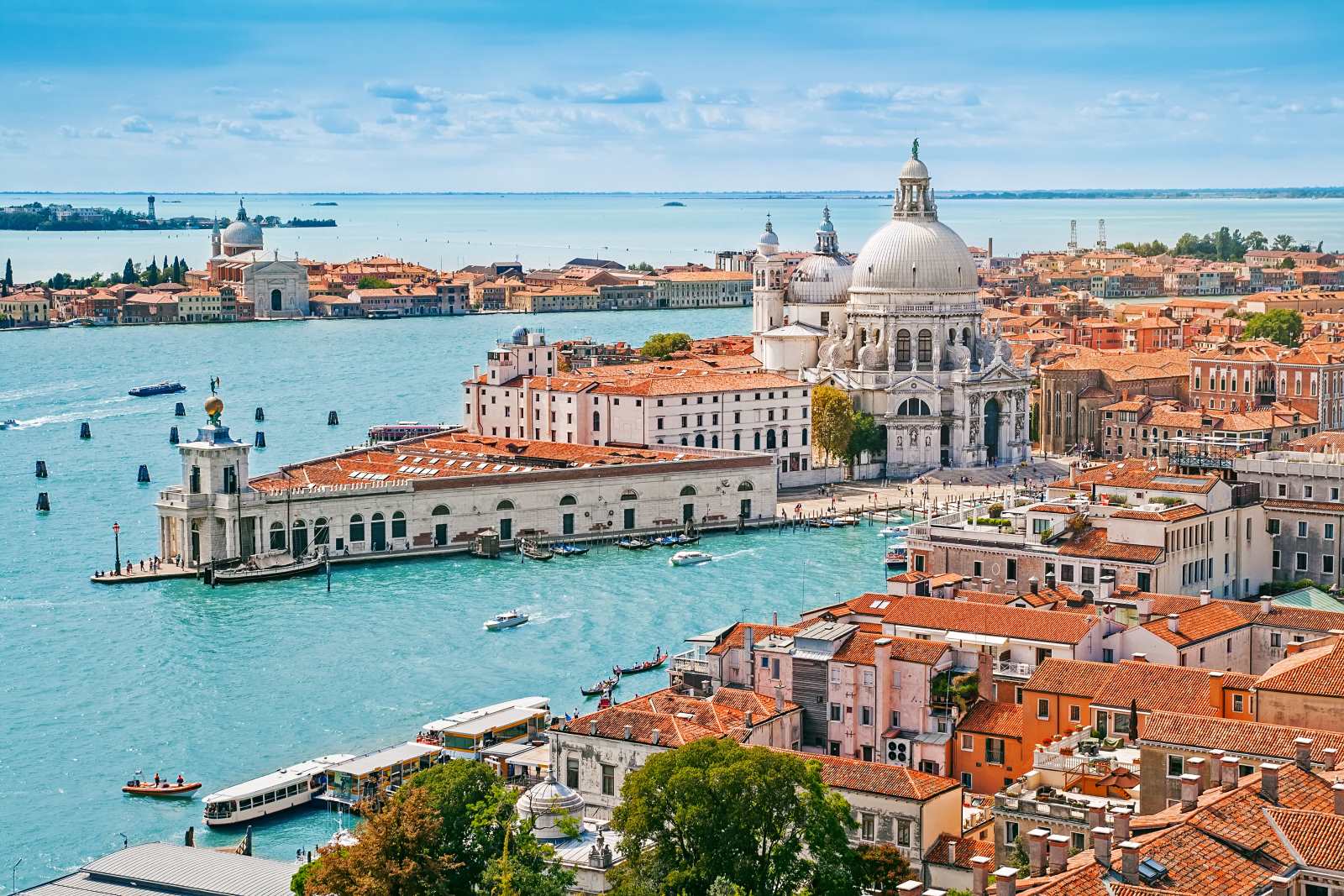
“You can’t impose an entrance fee to a city; all they’re doing is transforming it into a theme park,” he told reporters. “This is a bad image for Venice … I mean, are we joking?”
Propped Up By Tourism

In fact, some have argued that it is only the enormous influx of tourists that keeps the city propped up. Venice has been steadily losing its permanent population since the 1950s – it has lost 120,000 residents since then, leaving its estimated population at just 50,000 in the historic city area as of 2024.
Former Mayor Weighs In
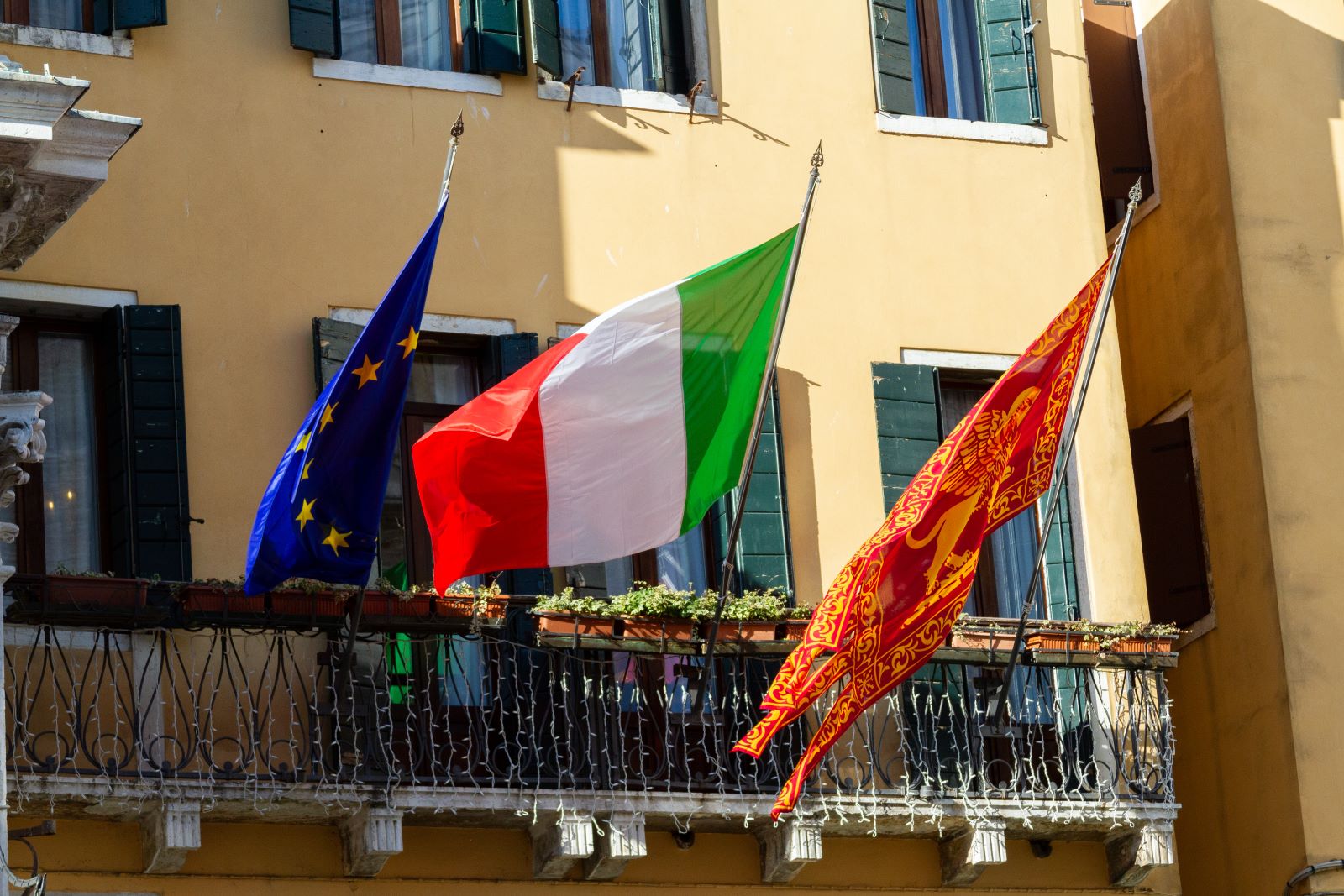
Among its critics is former mayor of Venice, Massimo Cacciari, who called the entrance fee “absurd” and encouraged visitors not to pay it on the basis that tourists already “pay for everything” in a public statement.
Tourist Burden
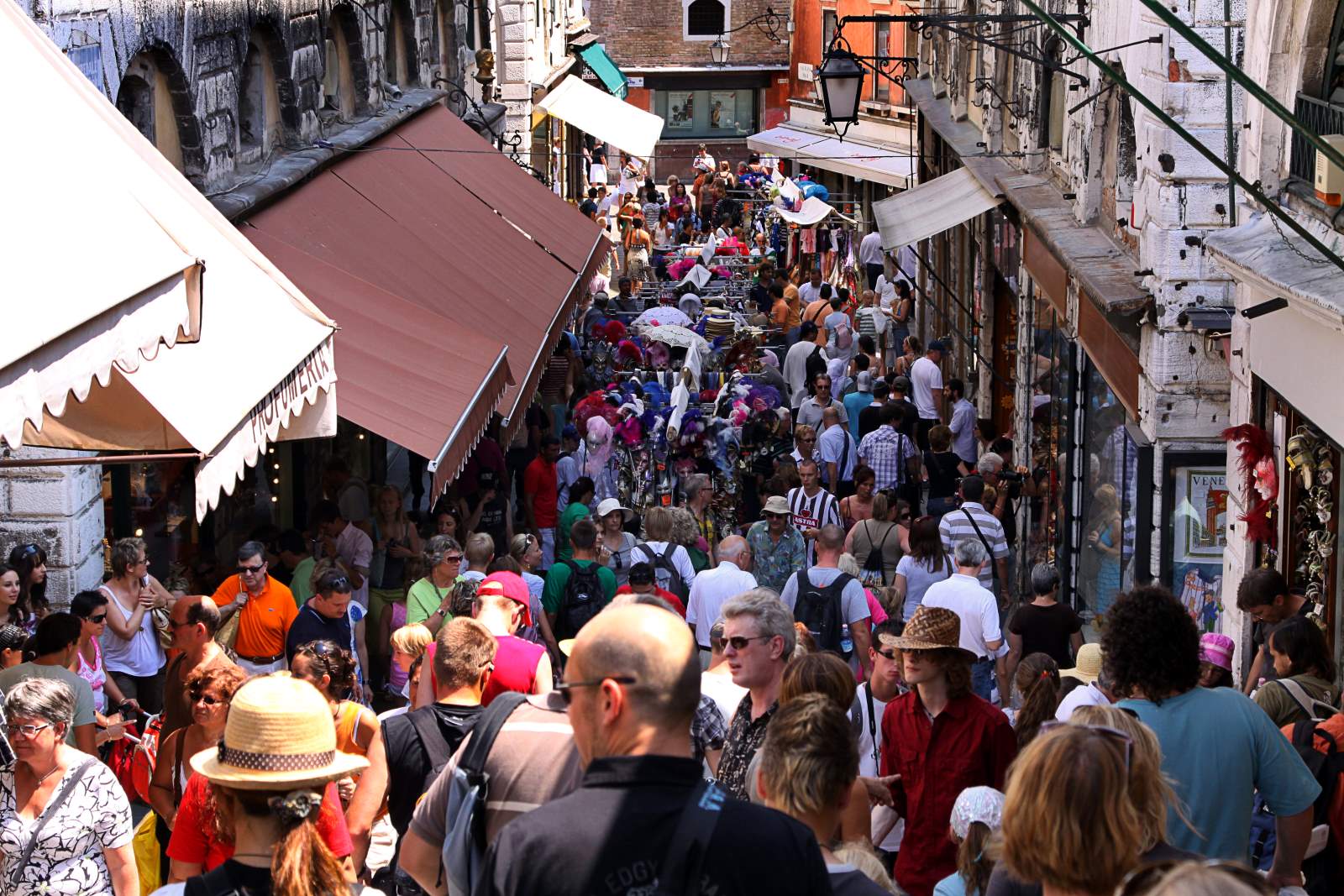
He also noted that tourists pay “three times as much as residents” and are largely responsible for the survival of city restaurant museums.
A Regulation Strategy

But current mayor Luigi Brugnaro has defended the fee, calling it a potential strategy to help regulate overtourism. “Nobody has ever done anything to regulate tourism and we believed it was necessary to do something,” Brugnaro said in a public statement.
The post – Protests Erupt in Venice Over New Tourist Entrance Charge – first appeared on Wealthy Living.
Featured Image Credit: Shutterstock / canadastock.
The content of this article is for informational purposes only and does not constitute or replace professional financial advice.

